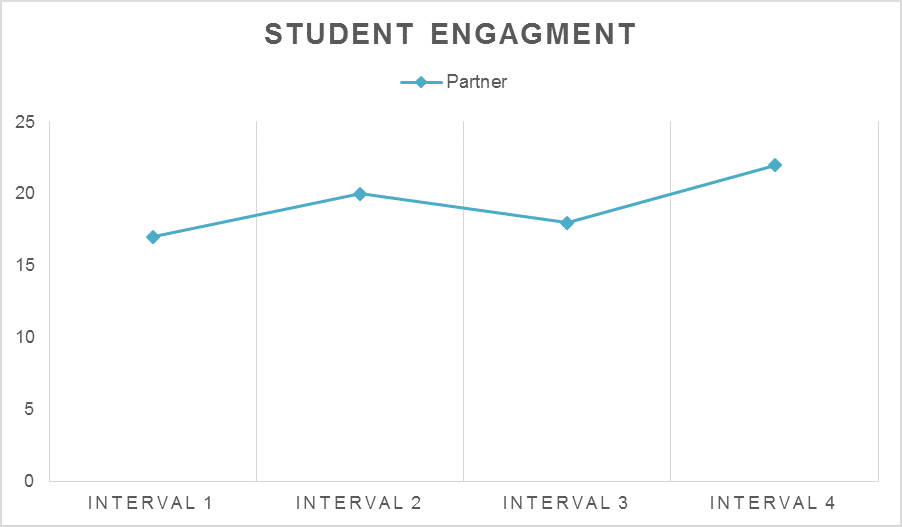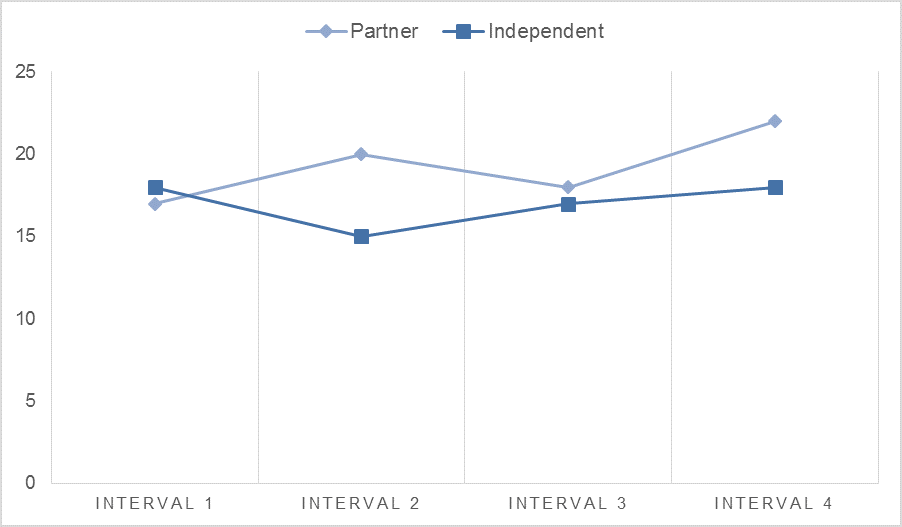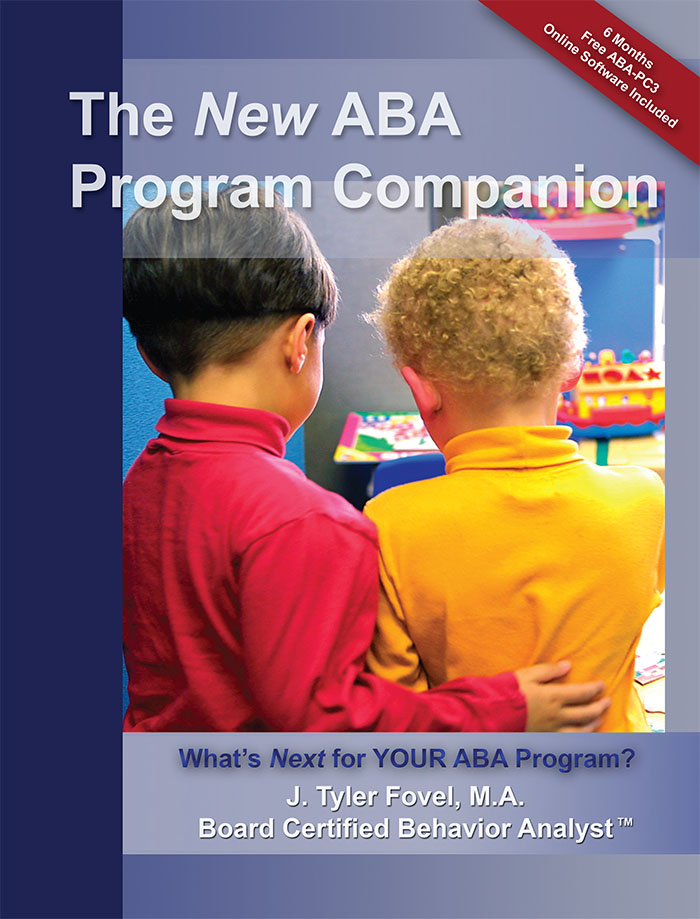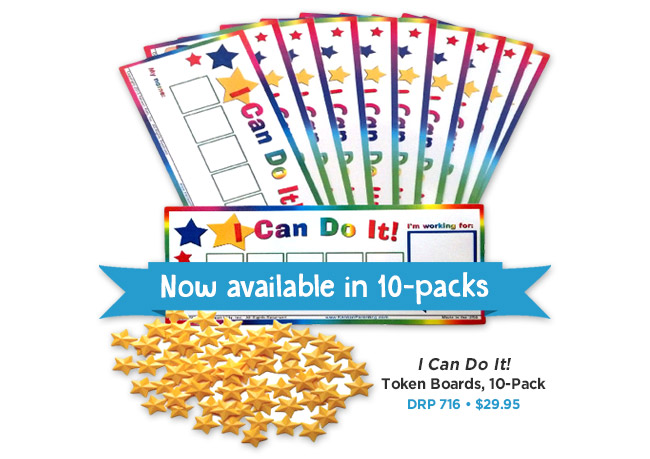With the new school year in session, it’s especially important to regulate sleep in students. In this month’s ASAT feature, Lauren Schnell, MA, BCBA, offers insight on a variety of approaches parents can take to address sleep disturbances in their kids with autism. To learn more about ASAT, please visit their website at www.asatonline.org. You can also sign up for ASAT’s free newsletter, Science in Autism Treatment, and like them on Facebook!
I am a home program coordinator who works with a six-year old child diagnosed with autism. The parents are concerned because their child struggles at bedtime and will often wake up in the middle of the night to come into their room. The parents want their child to stay asleep and have tried everything to get him to stay in bed all night. What can I suggest they do to treat their child’s sleep behavior?
Answered by Lauren Schnell, MA, BCBA
Sleep disturbances in children with autism are a common concern for many parents. It has been estimated that approximately 25% of typical children between the ages of one and four struggle with nighttime wakings (Lozoff, Wolf, & Davis, 1985). For children with special needs, the number increases dramatically with upwards of 80% experiencing some type of sleep problems (Lamberg, 1994). Of those who frequently wake at night, the majority end up sleeping in their parent’s bed and the sleep problems often persist over time.
The good news is there are a variety of behavior analytic approaches found to be effective in addressing sleep disturbances in children with autism. An underlying premise of these approaches is that poor sleep patterns are learned, and, as such, can be unlearned.
Prior to implementing a behavioral sleep program, it is important to first rule out any medical reasons for the sleep disturbance, such as physical discomfort related to an illness. Discussions with a pediatrician should help to determine if the sleep issues may be associated with an underlying medical issue and if further testing or evaluation is warranted.
If the sleep issues are thought to be behavioral, the first step is to complete a sleep log to determine the extent of the problem and potential environmental factors that may be adversely affecting the child’s sleep. A sleep log outlines the time the individual is put into bed, the actual time he/she falls asleep, frequency of night wakings, and the duration of those awakenings. Additional information may be collected on any other behaviors which are observed during bedtime, such as tantrums during the bedtime routine or disruptive behavior during the night. Baseline data collection should continue until a consistent pattern of sleep (or lack thereof) or challenging behavior is apparent. This information can later be used to assess the effectiveness of the sleep intervention.
Some questions which may be helpful for parents in completing the sleep log are:
- What time does the child go to bed?
- What does the child do leading up to bedtime?
- What else is going on in the home while the child is in bed which could be influencing his/her sleep?
- What activities does the child engage in prior to falling asleep?
- What time does the child awaken during the night as well as in the morning?
- Does the child take naps during the day?
Based upon the results of the baseline data collected in the sleep log, a number of interventions may be considered. Below are several practical strategies which may be helpful to improve the sleep behavior of the child with autism.
Bedtime Routines
A bedtime routine can be helpful for the child, as it creates predictability in the sequence of activities leading up to bedtime. A written or visual schedule may be helpful in ensuring the routine is consistently followed. The schedule should outline activities preceding bedtime; for example, brushing teeth, changing into pajamas, saying goodnight to loved ones, and reading a bedtime story. The routine should begin at least 30-60 minutes prior to bed time. It is also recommended that parents eliminate all foods and drinks containing caffeine at least six hours prior to bed, and avoid rigorous activities during the later evening hours.
Initially, the child may need a high rate of positive reinforcement for following the routine. Eventually, the parent may consider providing the child with positive reinforcement the following morning if he/she successfully follows the nighttime activity schedule and remains in bed throughout the night. Such reinforcement might include earning access to a favorite breakfast cereal, a toy, or getting a sticker to put on a special chart upon waking (Mindell & Durand, 1993). Continue reading





 J. Tyler Fovel, MA, BCBA’s essential manual for creating professional and effective ABA programs blends clear explanations of scientifically-based concepts and methodology, clinical examples and advice, and suggested implementation strategies. This revised edition presents information on:
J. Tyler Fovel, MA, BCBA’s essential manual for creating professional and effective ABA programs blends clear explanations of scientifically-based concepts and methodology, clinical examples and advice, and suggested implementation strategies. This revised edition presents information on: